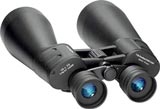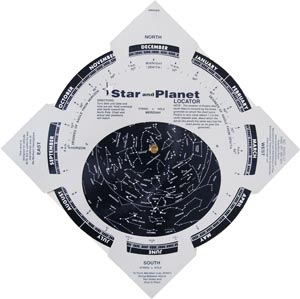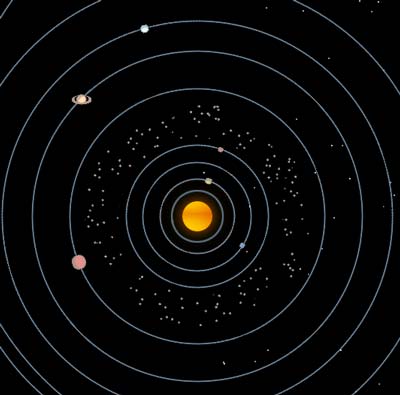What's in the Sky Tonight?
April 2024
Our Favorite Astronomical Binoculars for under $100

Celestron SkyMaster Giant 15x70 Binoculars with Tripod Adapter

Orion 15x70 Astronomy Binoculars with Tripod Adapter
April 5 - Conjunction of the Moon and Mars
April 7 - Conjunction of the Moon and Venus
April 8 - New Moon
April 8 - Total Solar Eclipse. A total solar eclipse occurs when the moon completely blocks the Sun, revealing the Sun's beautiful outer atmosphere known as the corona. This is a rare, once-in-a-lifetime event for viewers in the United States. The path of totality will begin in the Pacific Ocean and move across parts of Mexico and the eastern United States and Nova Scotia. The total eclipse will be visible in parts of Texas, Arkansas, Missouri, Illinois, Indiana, Kentucky, Ohio, Pennsylvania, New York, Vermont, New Hampshire, and Maine.
Learn more at Time and Date
April 10 - Conjunction of the Moon and Jupiter
April 22, 23 - Lyrids Meteor Shower. The Lyrids is an average shower, usually producing about 20 meteors per hour at its peak. The shower runs annually from April 16-25. It peaks this year on the night of the night of the 22nd and morning of the 23rd. These meteors can sometimes produce bright dust trails that last for several seconds. Unfortunately the glare of the full moon will block out all but the brightest meteors this year. But if you are patient, you may still be able to catch a few good ones. Best viewing will be from a dark location after midnight.
April 23 - Full Moon. This full moon was known by early Native American tribes as the Pink Moon because it marked the appearance of the moss pink, or wild ground phlox, which is one of the first spring flowers. This moon has also been known as the Sprouting Grass Moon, the Growing Moon, and the Egg Moon. Many coastal tribes called it the Fish Moon because this was the time that the shad swam upstream to spawn.
ASTRONOMY BINOCULARS
A mini telescope you can take anywhere
If you love sky gazing, you have to have a pair of astronomy binoculars! Binoculars are a fantastic alternative to telescopes—inexpensive, lightweight, and portable. For city dwellers where there is a lot of light pollution, binoculars are essential if you want to see much of anything.
Binoculars enlarge and brighten the beauty and immensity of the night sky. You can see the detail of the moon's craters, the phases of Venus, the moons and stripes of Jupiter, the awesome jewels that dot the Milky Way, nebulae, star clusters, and comets when they're passing near.
Our favorite astonomy binoculars is the Celestron SkGiyMaster Giant 15x70 Binoculars. These are excellent as well:
ANOTHER GREAT ASTRONOMICAL TOOL:
THE PLANISPHERE
A year-round, real-time sky map
 A planisphere is a rotating star chart that allows you to dial in the entire visible sky for any day and time of the year and with great precision. It has been called an analog star computer and was considered magical in ancient times.
A planisphere is a rotating star chart that allows you to dial in the entire visible sky for any day and time of the year and with great precision. It has been called an analog star computer and was considered magical in ancient times.
Planispheres show the brightest stars, constellations, notable galaxies and nebulae, as well as the path of the Milky Way. The plane of the ecliptic is also shown, which reveals the pathway of the planets as they appear to move across the night sky.
Purchase a planisphere for $7.95
 See an animation of the movement of planets in our solar system.
See an animation of the movement of planets in our solar system. See amazing views from space
See amazing views from space